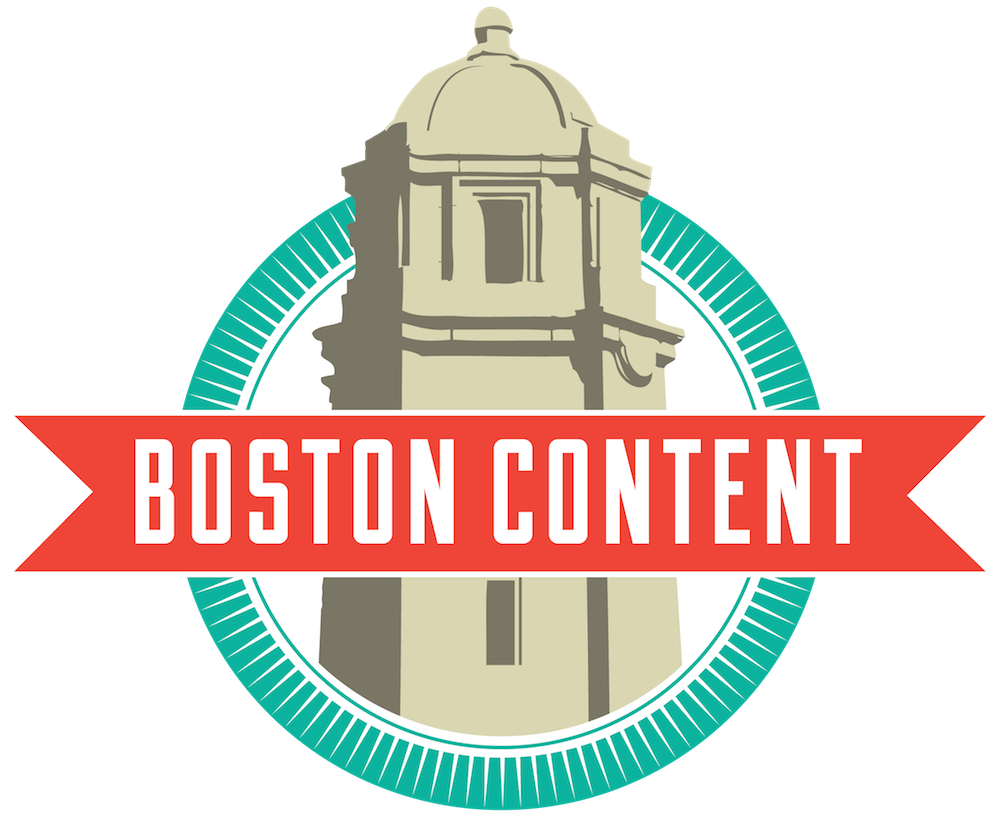Boston-based Chuck Leddy has been crafting engaging content since 1995, as a journalist and B2B brand storyteller. He's written for B2B brands such as General Electric, ADP, Office Depot, Cintas, the National Center for the Middle Market, and many more. He's also been published in print publications such as the Boston Globe, Forbes, the Washington Post, and San Francisco Chronicle. His website and blog are at www.ChuckLeddy.com.
As people who market, who make our livings seeking to engage people, we need to stop interrupting and start making connections through people’s hearts and minds. We need to “pull” and attract, not “push” and repel. We talk too much about ourselves and our offerings. But, what it comes down to is that nobody cares about us and what we need to sell.
As marketers, we don't like when people talk about themselves constantly and interrupt us, so why would we do that to other people who are not marketers?
Instead, we need to think of ourselves as people interacting with other people, following the norms of proper human behavior. Don't try to come between people and the things they want: When someone is listening to music or watching their favorite TV show, for instance, don't use that as an opportunity to jump in and talk about your software. Like so many today, I just fast-forward past the marketing.
Let’s openly declare what we stand for as humans first -- who happen to do marketing. Here are 6 principles and practices to keep in mind to humanize your marketing:
1. Lose the marketing mumbo-jumbo.
All that talk about funnels, conversion steps, prime demographics, segmentation strategies and click-thru rates can be downright confusing. Remember, we’re trying to engage other people, and speaking mumbo-jumbo doesn't help us or make us sound important or profound. Would you put your best friend down a funnel? Let's talk like people talking to other people.
2. Forget B2B and B2C, and instead focus on H2H (human-to-human).
Business entities or brands cannot chat over coffee or cry at a wedding or pick a friend up from the airport, but people can. If a friend took you aside and told you, "You're starting to talk like an insurance company," would you think that's a compliment? People work for insurance companies, write for insurance companies and buy insurance from insurance companies, but nobody should be talking like one. Let's try talking like people. It can be done!
3. Remember, it's about them, not you.
This is by far the most important concept in all of marketing. Great marketing starts from the the outside-in, from the perspective of people who you want to buy your offerings. People buy from you, and like you, when you help them with their challenges. Period. Show you care about THEM and can offer them help. Find a need, solve a problem, or tell a story that connects with their lives -- if you do these things, you are marketing the right way. Listen for what people need (belonging, emotional connection, stories that move them, help in a pinch). Anyone who tells you they "just sell insurance" isn't doing it right.
What is the result of caring about people more than yourself and your offerings? You and your brand will build a loyal customer base that cares about you.
4. Stop the hard sell.
Consider the effect of making our relationship contingent upon my ability to "act now!" I'm tired and want to take a nap or grab a cup of coffee. I don't want to "act now!" or perform the particular calls to action (CTAs) you are asking me to perform. Maybe try making me feel better about myself, and maybe then I'll feel better about you.
5. Be a friend first.
Let's build long-term relationships in the way that friends do, based upon mutual respect, trust, understanding, emotional connections, shared stories, truth-telling and reciprocal value creation. My friends listen, help, care, and make me feel better about myself. They share their stories, and listen to mine. In order to market effectively, marketers must do the same.
6. Connect through stories.
The stories we tell ourselves, about ourselves, and the stories we share with others about the world we live in -- these are the things that make us human and connect us to others. We are, above all, living organisms that seek to make meaning out of our existence. Stories help us all do that.
Our stories have characters (you, me, the baker and candlestick maker); they have conflict (I wanted to take a nap, but there's a loud construction crew outside my window), and resolution (I put in earplugs and take my nap). Stories engage our emotions, pull us into different worlds and experiences, and make us more empathetic. I'm not sure we'd be human without stories, and I know we wouldn't be humans with any empathy or decency.
Stories are the best way for people who market to connect with other people. We choose the people and causes we care about because of the stories they tell and the way those stories make us feel. Data doesn't connect to emotion; information does not connect or make us feel, but stories do -- and they can make the data and information memorable.
In the end, people will reward people who are good to them, show they care about them and offer the most valuable gifts in life: their attention and their emotional connection. Let's stop thinking of ourselves as marketers, and more as humans talking to other people, trying to turn friendly interactions into sustainable, mutually-beneficial long-term relationships.










